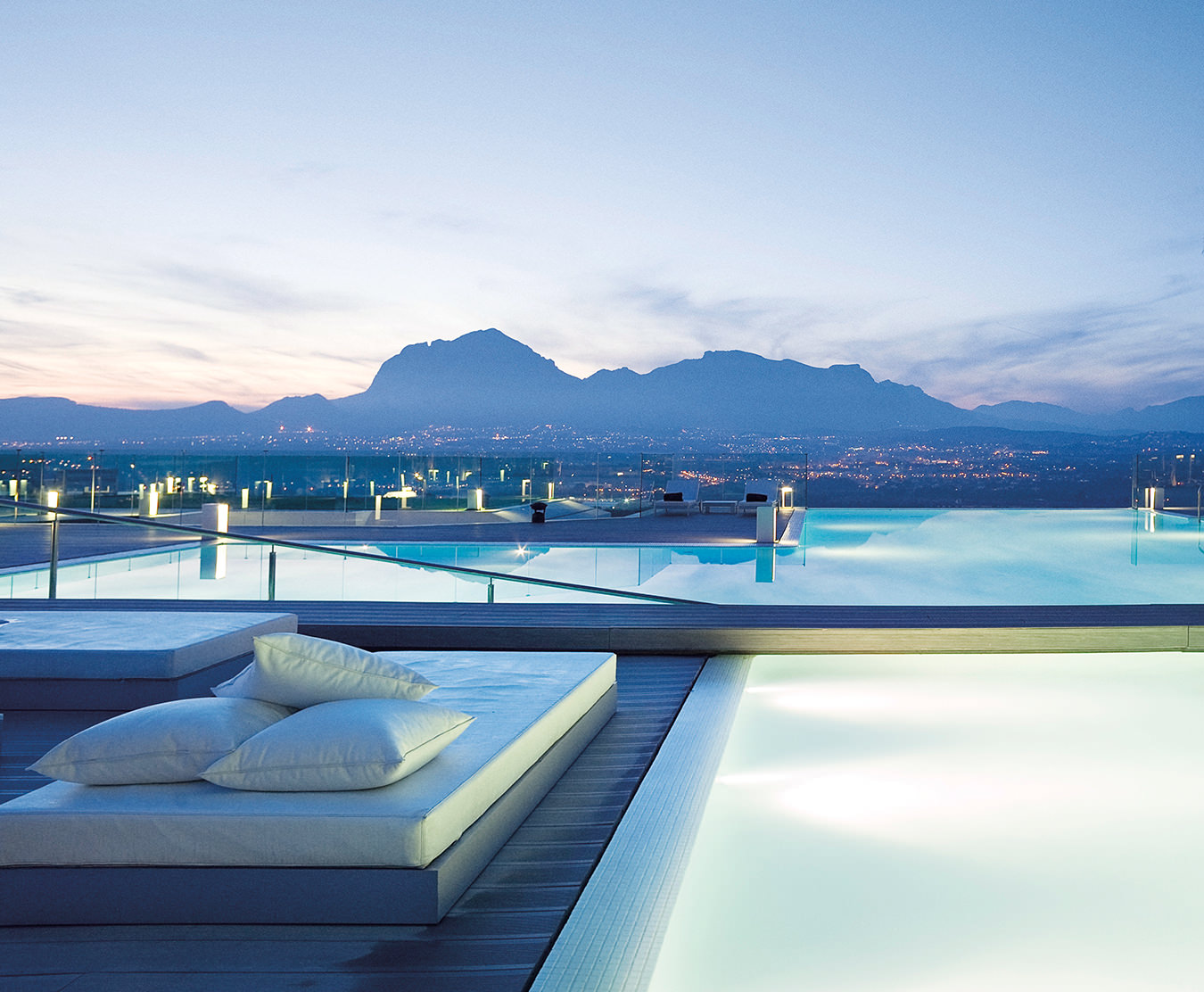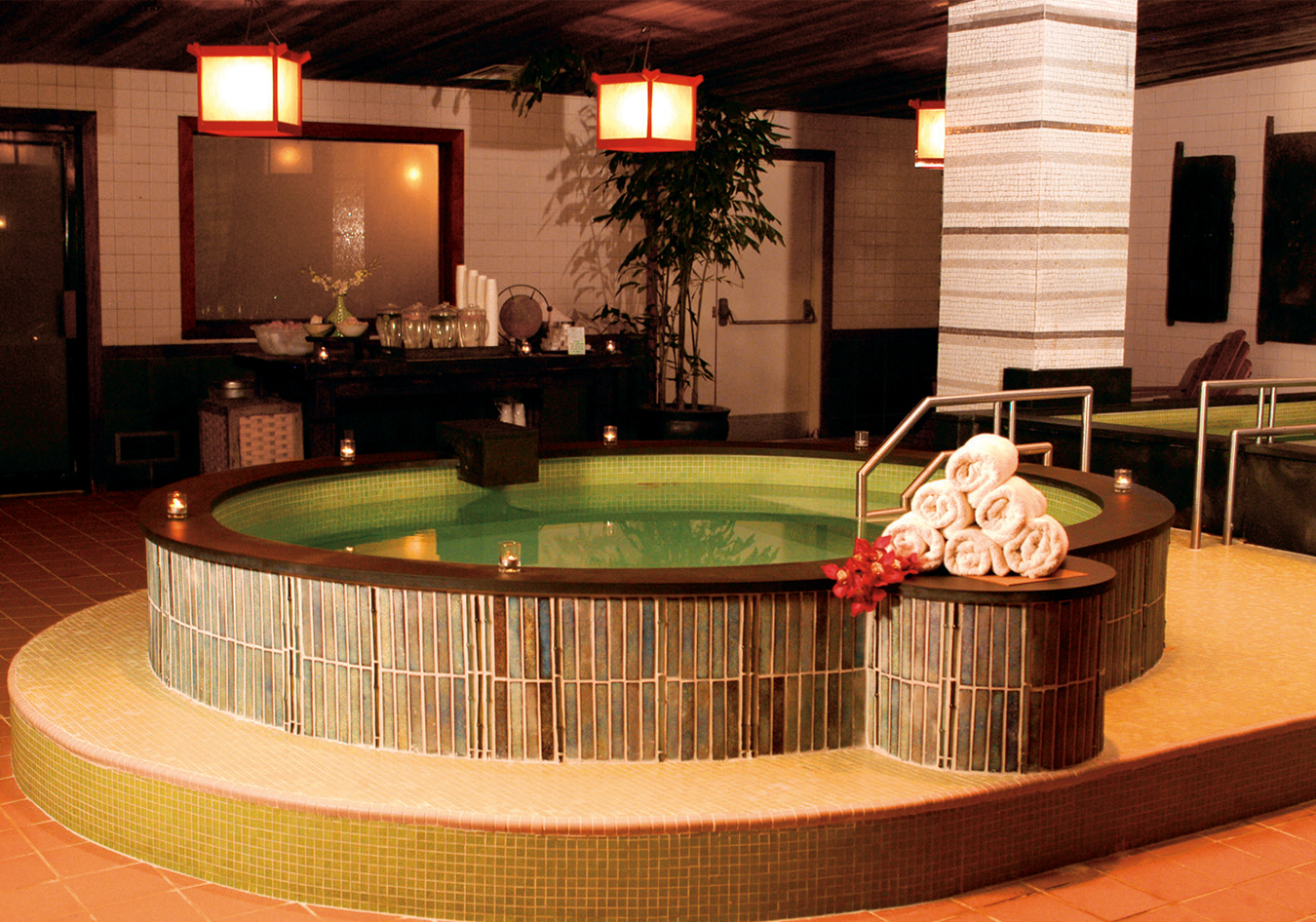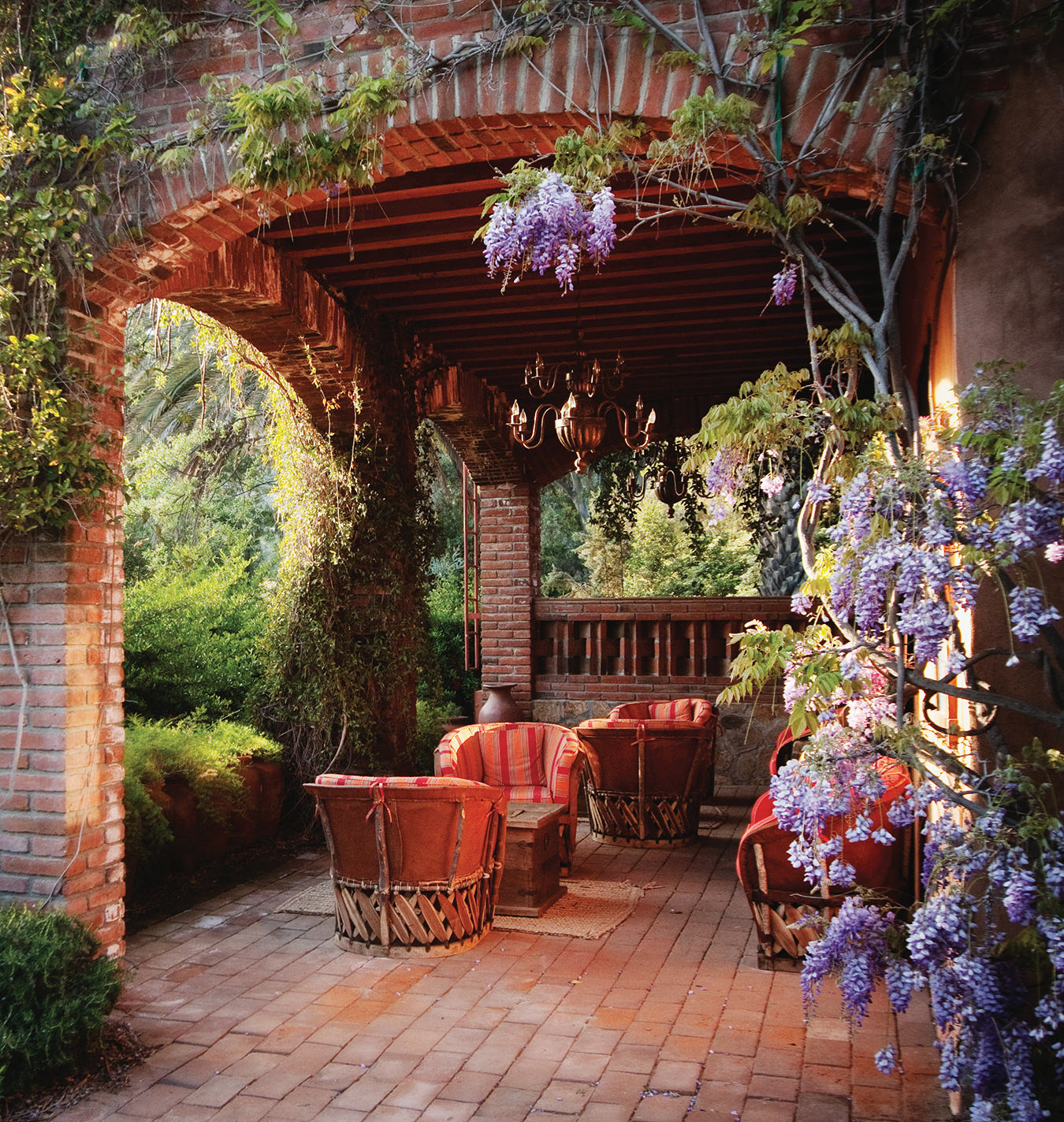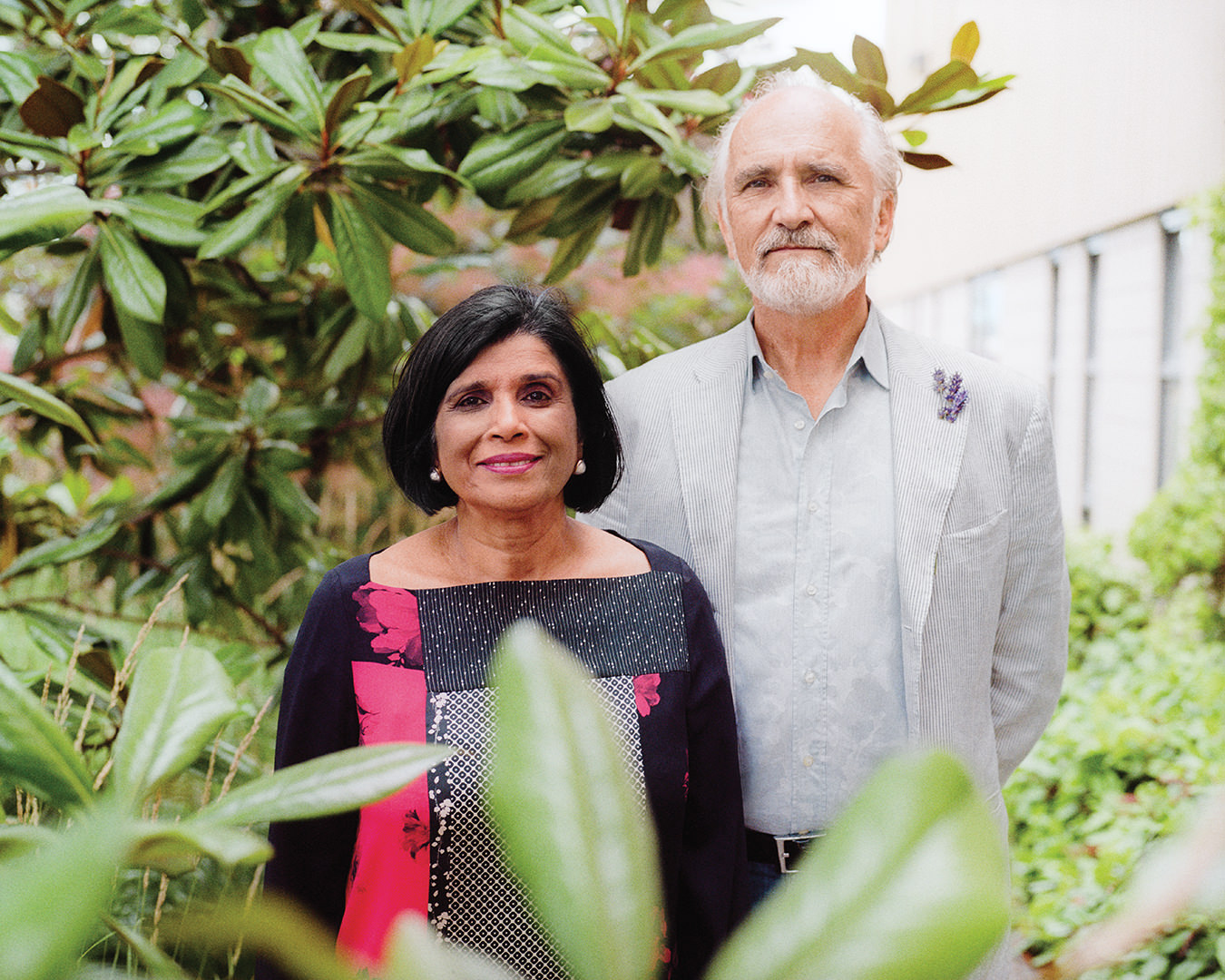Dipping Into Hot and Cold Therapy, the Nordic Wellness Trend
The trend is also gaining steam in Canada.
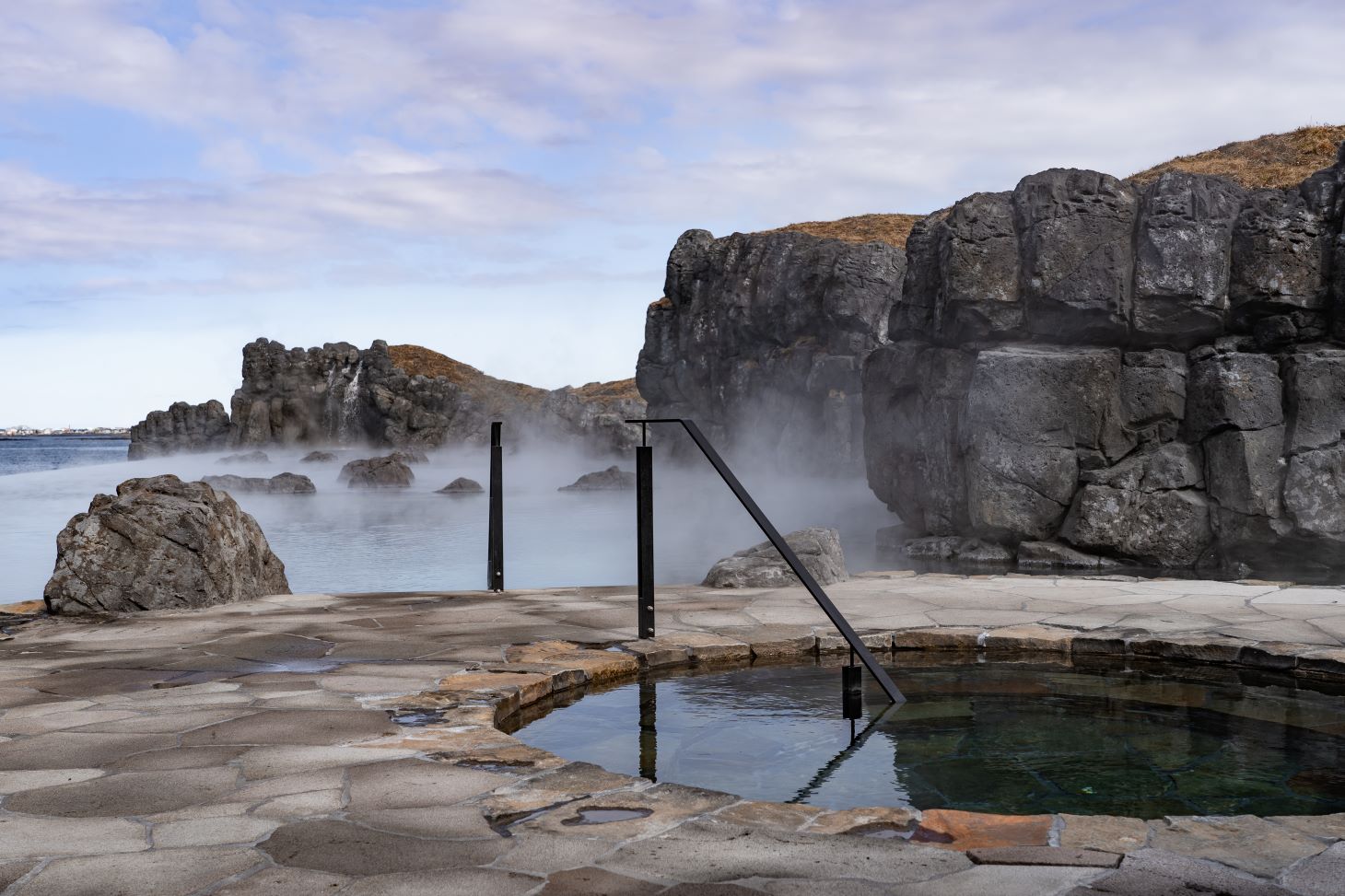
Courtesy of Sky Lagoon
By now, you, or at least one of your friends, have tried hot and cold therapy, the most popular wellness trend in the country. Cold plungers are tossing themselves into Lake Ontario by the dozens, people are building saunas in their houses, and Othership, the glitzy Toronto club with ice tubs and steam rooms, has tripled its number of locations and expanded its business to New York all in the last year. For some reason, North Americans suddenly seem obsessed with dipping themselves into near-freezing water, sizzling in a steam room for 10 minutes, and then repeating.
Fair enough—when it comes to wellness routines, there are weirder ones out there. The quest for well-being extends from the conventional (morning walks, meditation circles, and yoga classes) to the esoteric (horse-assisted therapy, week-long silent retreats, and chakras, whatever those are). People are not to blame for grasping onto a new practice that offers community in a time when our increasingly online world has made many crave connection.
Hot and cold therapy, a Nordic-inspired practice that purports to boost physical healing, control inflammation and perhaps even deliver mental health benefits, is gaining popularity in Canada. For those seeking the benefits from the source, try Reykjavik, Iceland, whose natural hot springs have made it an international hub of hot and cold therapy.
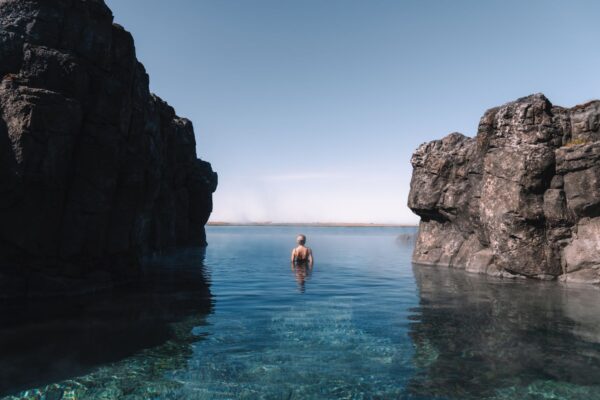
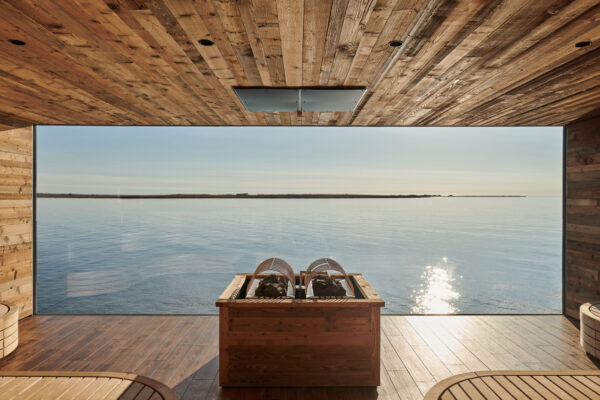
Courtesy of Sky Lagoon
Iceland’s hot springs range from swanky to truly natural. At Sky Lagoon, a lavish thermal spa 10 minutes south of Reykjavik, about 100 guests hang out at a time in a steaming infinity pool overlooking the Atlantic, ordering beers from a floating bar. There have been groups from Omaha, Houston, and Vancouver, snapping photos together and walking with their arms to the sky to keep their selfie sticks dry. Every now and then, a brave soul would venture away from the massive hot tub and sink themself into a comparatively tiny cold pool on the side before chucking themself back into the hot water and ordering another drink with an elated smile. When one group member braved the cold plunge, others would join in a chain reaction.
Then there is Hvammsvik Hot Springs, a natural hot spring one hour outside the city, camouflaged between the mountains and inside rural Iceland’s rocky, moon-like terrain. When I visited, there were no selfie sticks in sight, just a wood-and-stone bungalow that backed into a fjord. Behind it, the pool sizes are reversed: the near-freezing fjord engulfs a handful of tiny hot tubs. There were not many tourists, just regular frequenters who came once or several times per week to test themselves in salt water. Before hopping into the fjord, they exuded the same apprehensive quietness one does before a running race, born of the desire to best oneself and the knowledge that doing so will be physically devastating. One middle-aged woman said her record for crouching in cold water was seven minutes. That day, she made it to five, before wincing, bellowing, and hopping back into the hot tub.
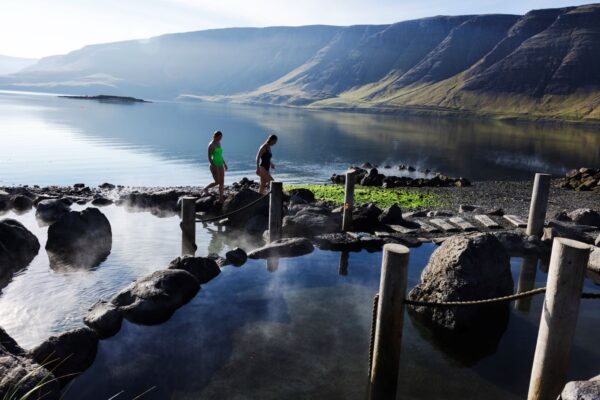
Courtesy of Hvammsvik Hot Springs
In a wellness landscape that has become filled with agents of comfort—from surrounding oneself with therapy puppies to otonamaki, which involves curling into the fetal position and wrapping yourself in a tight blanket—hot and cold therapy is a contrarian trend. Its appeal comes from its discomfort and the painful bite of near-freezing water. First-timers may congregate to Sky Lagoon, Othership, Hvammsvik, and the like for the prospect of a fancy photo or the potential to make a new friend, but they return to see how much longer they can withstand the cold water or how deep they can venture into the ocean. It’s a trendy microcosm of life, a reckoning with pleasure and pain, all wrapped inside of 75 Instagrammable minutes that merge two things we all need: community and challenge. Canada, with its countless bodies of cold water and wellness-minded population that in the last decade latched onto Zumba, then yoga, then running, is about to see a hot-cold revolution. And we are already halfway there.
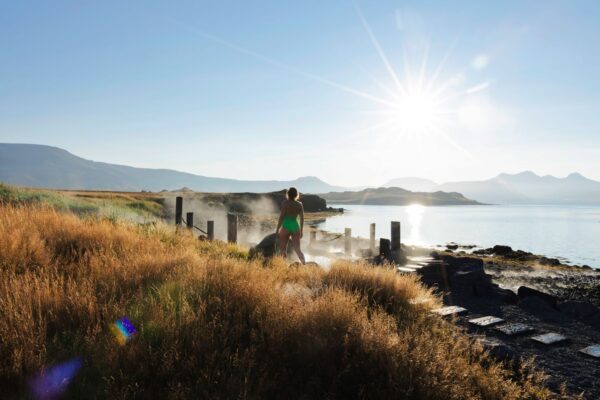
Courtesy of Hvammsvik Hot Springs

